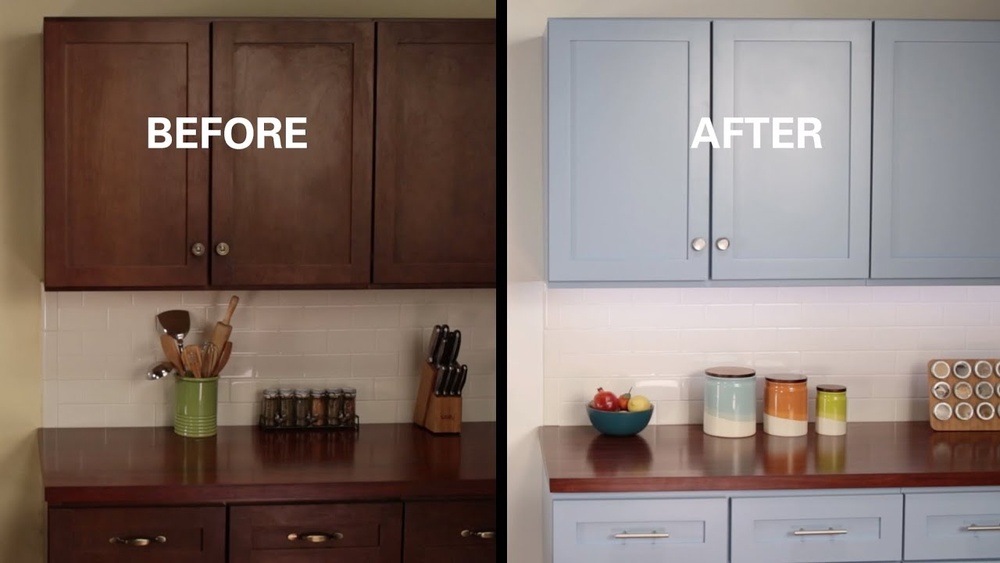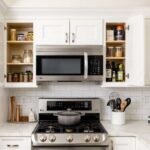Are your kitchen cabinets looking tired and outdated? Refinishing them can breathe new life into your entire kitchen without the cost of a full remodel.
Imagine transforming your cabinets with fresh paint or stain, making your space feel brighter, cleaner, and more modern—all with your own hands. You don’t need to be a professional to tackle this project. With the right guidance, tools, and a bit of patience, you can achieve stunning results that will impress everyone who walks into your kitchen.
Ready to learn how to refinish kitchen cabinets step-by-step? Let’s dive in and turn your cabinets into the centerpiece of your home!
Tools And Materials
Essential supplies include sandpaper, paintbrushes, rollers, and screwdrivers. A clean cloth helps remove dust. Use a putty knife to fill holes with wood filler. Choose primer to prepare surfaces for paint or stain. A drop cloth protects floors and counters from spills.
Selecting the right paint or stain is key. Paint offers a smooth, uniform finish and works well on MDF cabinets. Stain highlights wood grain and gives a warm, classic look. Consider color options and ease of application when deciding.
Safety gear keeps you safe. Wear gloves to protect your hands. Use safety goggles to shield your eyes from dust and chemicals. A mask helps avoid breathing in fumes or dust particles.
Preparing Cabinets
Start by removing all cabinet doors carefully. Take off the hinges and all hardware like knobs and handles. Keep these parts in a safe place to avoid losing them. Next, clean the surfaces well using a mild detergent and warm water. This removes dirt, grease, and old polish that can stop new paint from sticking properly.
After cleaning, it’s time to sand. Use fine-grit sandpaper to gently roughen the surface. This helps the new finish stick better. Sand all flat areas and edges evenly. Wipe off dust with a damp cloth before painting or staining. Proper sanding makes a big difference in the final look of your cabinets.
Painting Vs Staining
Painting cabinets offers a fresh, modern look with many color choices. It creates a smooth, even surface that hides wood flaws well. Painting works best on MDF or damaged wood, making old cabinets look new again.
Staining highlights the natural beauty of wood grain and gives a warm, classic feel. It enhances wood texture but limits color options. Staining suits cabinets made of solid wood like oak or maple.
Choosing between painting and staining depends on your wood type and style preference. Paint covers imperfections, while stain shows wood details. For softwoods, paint may be better. For hardwoods, stain keeps the natural look.
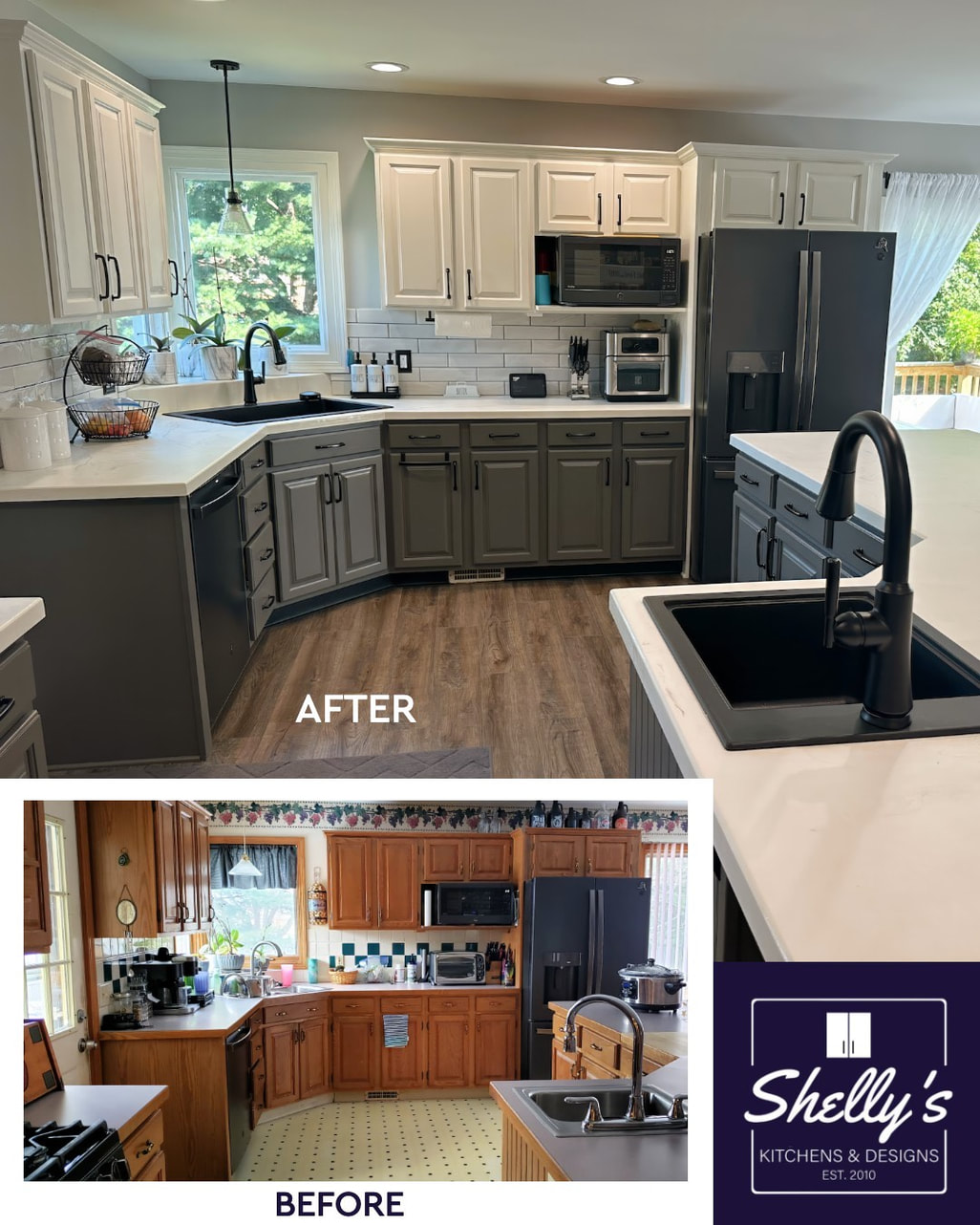
Applying Finish
Priming cabinets helps paint or stain stick better. Use a high-quality primer made for wood. Apply thin, even coats and let dry fully. Sand lightly between coats for smoothness.
Painting tips include using a brush for corners and a roller for flat areas. Choose water-based paint for easy cleanup. Apply two or more thin coats. Allow drying time between each coat.
Staining tips involve wiping on stain with a cloth or brush. Work in the direction of the wood grain. Remove extra stain quickly to avoid blotches. Apply multiple coats for deeper color.
Sealing for durability protects the finish. Use a clear polyurethane or lacquer. Apply thin layers and let each dry well. This step helps guard against scratches and water damage.
Drying And Curing
Drying and curing need the right conditions to work well. Keep the room warm and dry, with temperatures between 65-75°F (18-24°C). Avoid high humidity because it slows drying. Good air flow helps the finish dry evenly but avoid direct drafts that can cause dust to stick.
Timing between coats is very important. Each coat must dry fully before the next is applied. Usually, wait about 4-6 hours for latex paint and 24 hours for oil-based finishes. Applying coats too soon can cause blisters or peeling.
| Finish Type | Wait Time Between Coats | Ideal Room Temp |
|---|---|---|
| Latex Paint | 4-6 hours | 65-75°F (18-24°C) |
| Oil-Based Finish | 24 hours | 65-75°F (18-24°C) |
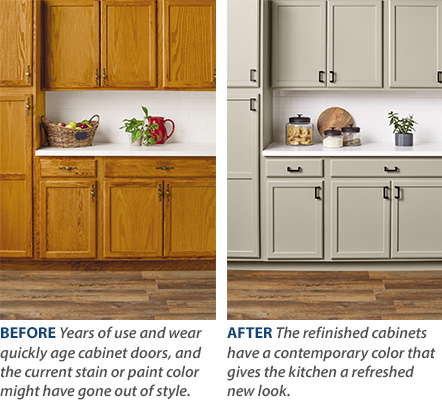
Reassembling Cabinets
Start by carefully reattaching the doors to the cabinet frames. Use the original screws or new ones if the old are damaged. Tighten screws just enough to hold doors firmly, but not too tight to avoid damage.
Next, put back all hardware like knobs and handles. Align them properly with the holes. This helps the cabinets look neat and work well.
For final touch-ups, wipe down all surfaces to remove dust and fingerprints. Check for any missed spots or uneven paint. Touch these areas gently with a small brush.
Make sure all doors open and close smoothly. Adjust hinges if needed. This keeps your cabinets functional and fresh-looking.
Common Mistakes
Paint drips happen when too much paint is on the brush. Use thin coats and a good brush to avoid drips. Always paint in smooth, even strokes. Check your work often and wipe off drips quickly before they dry.
Streaks appear if paint is not applied evenly. Stir paint well before use to keep color consistent. Use a high-quality brush or roller for better coverage. Paint in the direction of the wood grain for a smooth look.
Surface imperfections like bumps or scratches can show through paint. Sand cabinets lightly before painting to create a smooth surface. Fill holes or cracks with wood filler and sand again after it dries. Clean the surface to remove dust before painting.
Maintenance Tips
Cleaning painted cabinets needs gentle care to keep their look fresh. Use a soft cloth with mild soap and water. Avoid harsh cleaners that can peel paint or make it dull. Wipe spills quickly to stop stains. Dry the surface well after cleaning to prevent water spots.
Protecting stained surfaces means keeping moisture and heat away. Use coasters and mats under hot items. Apply a clear finish or wax to keep the wood safe from scratches and spills. Clean with a soft cloth and wood-friendly cleaner to keep the shine. Avoid scrubbing hard, as it can damage the stain.
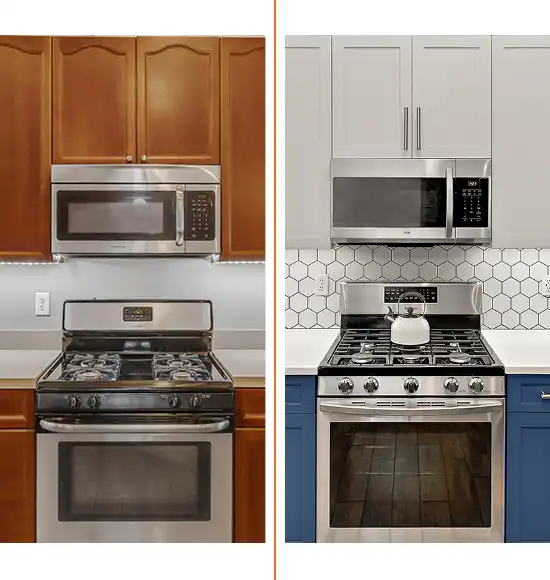
Frequently Asked Questions
Can You Refinish Kitchen Cabinets Yourself?
Yes, you can refinish kitchen cabinets yourself using basic supplies, power tools, and a suitable workspace. Refinishing usually requires sanding and painting or staining. Stripping old finish is optional unless changing to a drastically different color. Proper preparation ensures a professional-looking result.
Is It Better To Paint Or Restain Kitchen Cabinets?
Painting kitchen cabinets offers a modern look and color variety. Restaining highlights natural wood grain and durability. Choose paint for customization; choose stain for warmth and classic style.
Can I Restain Kitchen Cabinets Without Sanding?
Yes, you can restain kitchen cabinets without sanding by using a liquid deglosser or bonding primer for proper adhesion.
Is It Worth It To Resurface Kitchen Cabinets?
Resurfacing kitchen cabinets saves money and refreshes appearance without full replacement. It suits cabinets in good condition needing a style update.
Conclusion
Refinishing kitchen cabinets can refresh your entire kitchen space. It saves money compared to full replacement. Follow each step carefully for the best results. Choose paint or stain based on your style preference. Take your time sanding and cleaning to ensure smooth finishes.
With patience, your cabinets will look like new. Enjoy the satisfaction of a successful DIY project. Your kitchen will feel brighter and more inviting. Keep tools and workspace organized for easier work. Start your refinishing project and transform your kitchen today!

Yes, working as , Food Blogger and Product Reviewer for last 6 years. Here you will get amazing deals for Smart kitchen products. I am your best source for the latest update in cooking trends. I provide insightful articles, reviews, and analysis on cutting-edge kitchen gadget. My mission is to empower readers with the knowledge they need to stay ahead in a rapidly evolving coking world. Join me as we explore the future of food technology and how it shapes our lives today and tomorrow.

